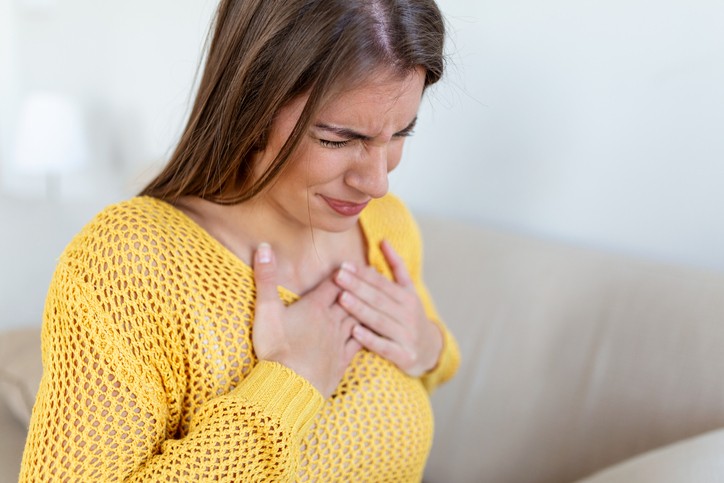The Silent Threat in Your Heart: Understanding Aortic Valve Stenosis
DEC 02, 2025The aortic valve's job is to let oxygen-rich blood flow out to your body and then close tightly to prevent blood from leaking back into the heart.
Read More
It’s always the right decision to call 911 or your health care provider if you’re having a possible heart attack. But how do you recognize a heart attack? What if you’re not sure?
Some heart attacks have the tell-tale symptom of crushing chest pain radiating to the left arm. While that’s a familiar symptom of heart attack, the truth is heart attacks have variable symptoms and they can be deceiving.
Knowing the more subtle signs can save your life or the life of a loved one.
Unfortunately, people often hesitate to seek medical attention especially if they fail to recognize the importance of their symptoms. I would urge you not to ignore or wait on a symptom that is concerning or suspicious. We understand that heart attack symptoms can be subtle and confusing. In fact, the following five insights might surprise you.
1.) Heart attack pain or discomfort can be located anywhere between your chin and your belly button.
Signs of a heart attack should be obvious. But unfortunately they are not. Most people are familiar with the classic heart attack symptom of crushing chest pain radiating the left arm. But that’s not the only symptom. Others include:
2.) Women’s symptoms can be even more subtle than men’s.
Women can have what’s called atypical symptoms, which are the uncommon signs of a sickness. That’s why it’s often harder for women to know they’re experiencing a heart attack. Some atypical symptoms women should watch for include:
3.) A familiar symptom that feels different this time is a reason for concern.
Men and women alike should watch symptoms that feel different for any reason, especially if it seems to occur out of the blue without a clear trigger. Some examples include:
4.) Risk factors should raise your suspicion.
If you have any of the traditional risk factors for heart attack, you should pay close attention to possible heart attack symptoms. These risk factors include:
5.) Simple steps you could take now to help prevent future heart attacks.
I can’t overemphasize how much power you have to protect your heart. Things you can do starting now include:
If you or a loved one experiences heart attack symptoms, calling 911 gives you the best chance for a good outcome. Heart damage occurs quickly and minutes can make the difference between life and death. If you have concerns about your heart health, talk to your provider. We’re here to help.

The aortic valve's job is to let oxygen-rich blood flow out to your body and then close tightly to prevent blood from leaking back into the heart.
Read More
Your heart rate, the number of times your heart beats per minute, is a silent whisper, constantly telling a story about your health, your fitness, and even your emotional state.
Read More
While many vascular diseases share common risk factors and presentations across genders, it's crucial to acknowledge that women often experience these conditions differently.
Read MoreWhen you need local health information from a trusted source, turn to the CHI Health Better You eNewsletter.